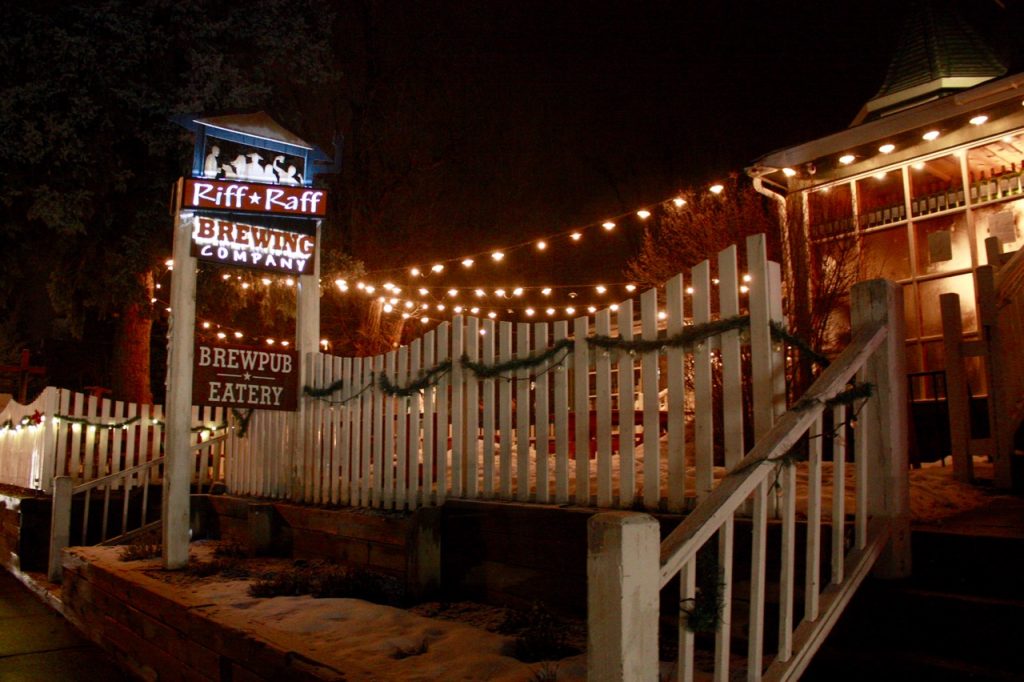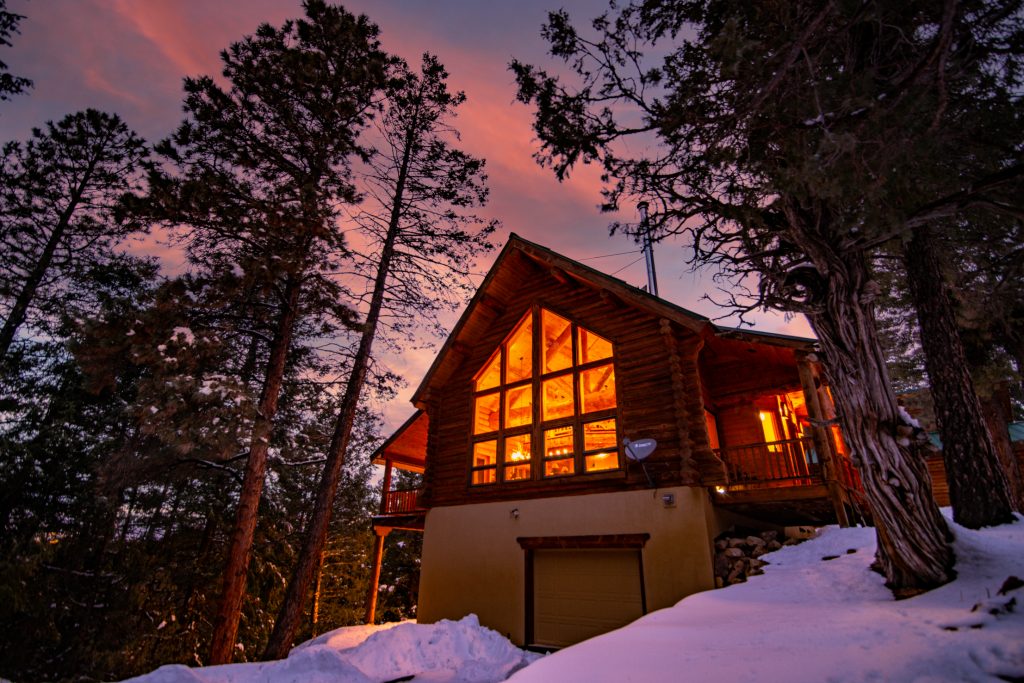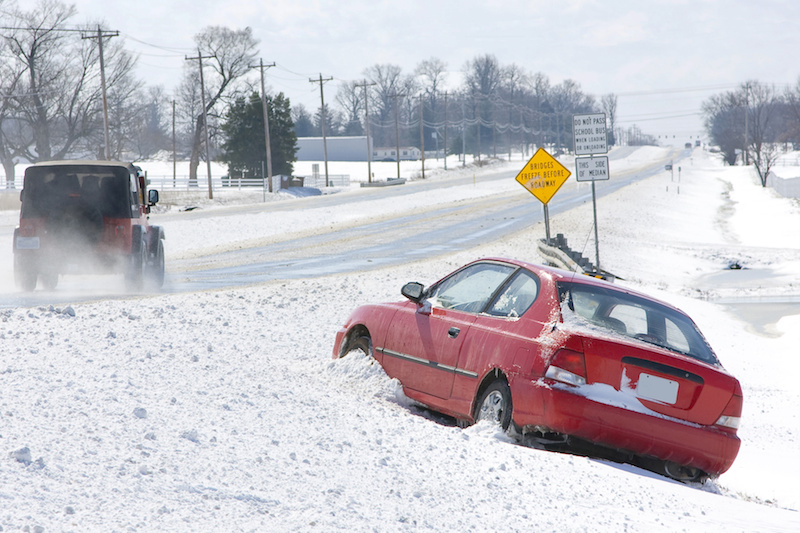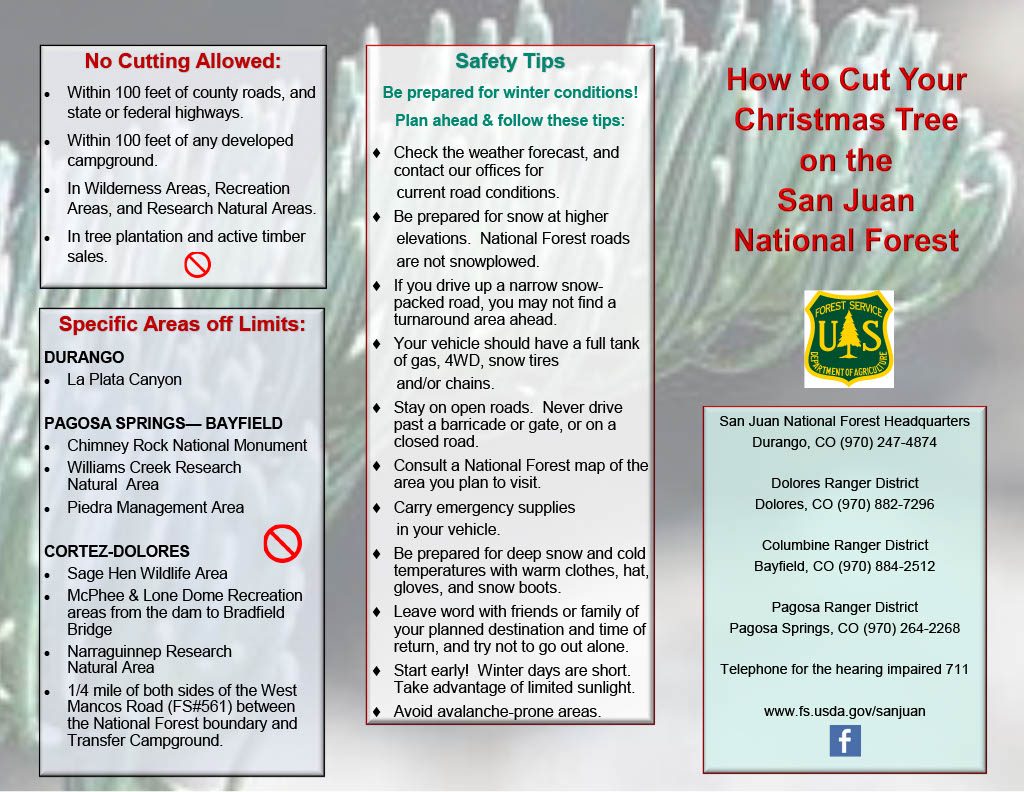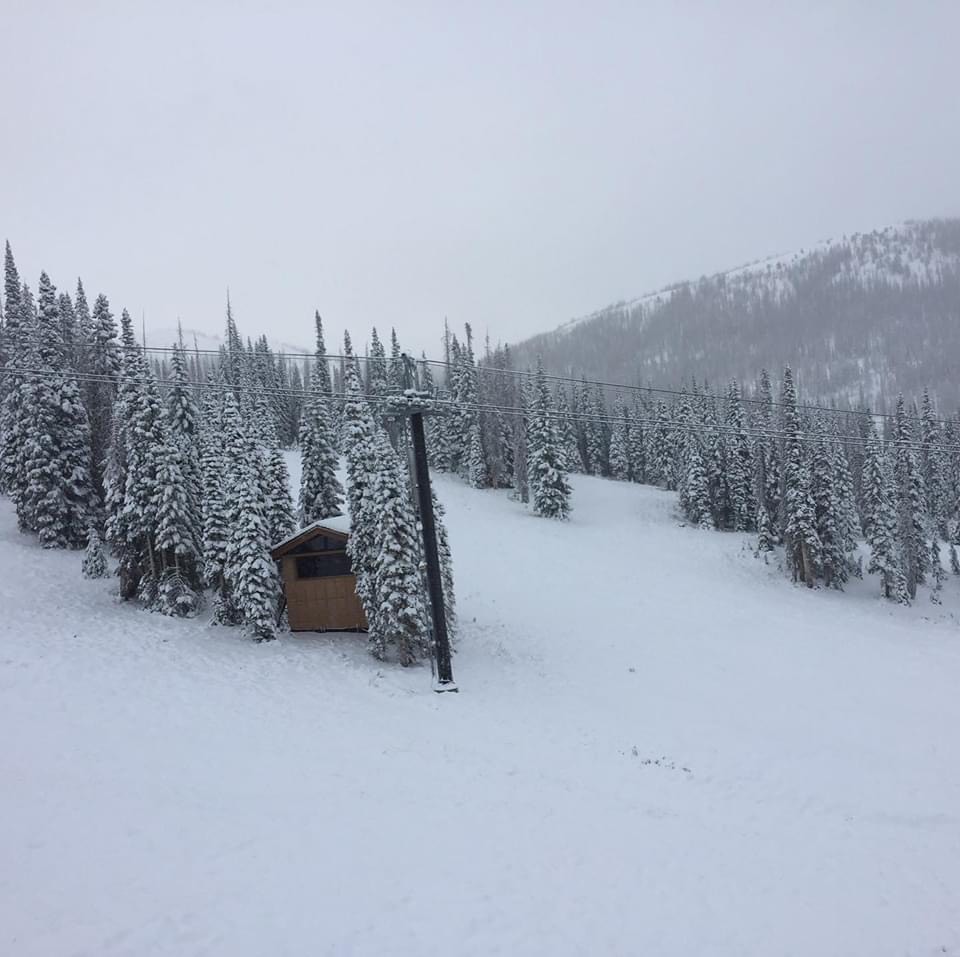What to Bring on your Adventure in the Woods
The National Forest around Pagosa Springs is a big space… and we mean big! With over 3 million acres of wilderness and national forest surrounding the town, there is plenty of space to explore! If you want to go exploring in the San Juan National Forest or the Weminuche Wilderness, you should prepare for a variety of weather, terrain, and wildlife interactions! This post should outline the basic gear you should bring when exploring anywhere in the United States; and some essentials specific to this area. Let’s get into it!

- Water – Water is at the top of this list for a reason. Water is important no matter where you are or what you are doing. It becomes more important as you gain altitude because it helps combat the headaches and dizziness associated with altitude sickness. I try to carry at least 2- 32oz Nalgene bottles for a day in the forest so I know I have enough!
- Shoes & Clothing – The weather in this part of the country can change drastically in a matter of a couple hours. In July it can be 90 degrees at Noon and 55 degrees and pouring rain by 3pm! This makes it extra important to wear layers and pack the appropriate clothing for the conditions. I try to always bring a jacket and rain poncho or full rain suit when I want to spend more than an hour or two in the woods. As far as footwear goes I highly recommend wearing boots that provide good ankle support. These kinds of boots can prevent ankle sprains; a big deal when you are alone and away from civilization! Waterproof boots are also a good choice if you like exploring in the rain. Waterproof boots will be warmer due to lack of ventilation; something to consider if your feet tend to get hot.
- Cutting Tool – A cutting tool in the woods has a million uses. Whether you need to get a splinter out of your finger, cut a string from your shirt, or cut a tree branch to fashion a splint, a good pocket knife or multitool is essential in an outdoor emergency. I never go exploring without one! A multitool has the advantage over a normal pocket knife because they usually have several different tools and even a pair of pliers built in! I personally carry and recommend Leatherman multitools.
- Map & Compass – While you don’t necessarily need a map and compass to start exploring, it’s a good idea to bring them along! A map and compass can help you find your bearings if you find yourself lost. You can also use them to mark landmarks that you want to visit again later! A simple compass can be bought for $15-20 and is light enough to always bring with you. As far as maps go, I recommend going into the Forest Service office and asking for maps for the specific areas you want to explore! They will even have topo maps that show elevation so you can see how steep your route will be.
- Food – You need energy to explore and food gives you energy! I always try to bring high-energy snacks to keep me going throughout the day. Protein bars, trail mix, jerky, fruit, etc are all great, compact snacks that will keep you up in energy. Be sure to bring a ziplock bag or similar to keep your trash in until you can properly dispose of it. Do not litter!!
- Fire – It can get cold at night in this part of the country, even in the middle of summer. If you get lost or injured in the woods and have to spend the night you are going to want some way to build a fire! I think a Bic or similar rugged lighter is the bare minimum you should bring on your outdoor adventures. These are pressurized so they work outdoors and they rarely leak fuel. If you have a little more room for gear, I would also bring a flint and steel in addition to the lighter. This leaves you with two viable options for starting an emergency fire. Be sure you know how to properly build a fire before heading out!
- First Aid – The San Juan and Weminuche Wilderness is a rugged terrain with some extremely remote areas. If you get hurt way up in the woods it can be nearly impossible for help to make it to you! Carrying a well-equipped first aid kit can allow you to take care of minor injuries by yourself until you are able to make it to civilization! It’s a good idea to familiarize yourself with all of the components of your first aid kit and how they work. You can even print instructions to keep in the kit! I recommend Adventure Medical Kits if you are wanting a good pre-built first aid kit.
- Sun Protection – Pagosa Springs and surrounding wilderness areas are very high in elevation compared to most of the United States. Pagosa Springs is sitting at 7,126ft above sea level and most of the places you’ll be exploring will be higher. Being higher than sea level also means you are closer to the sun and sunburn can be a serious issue! If you know you are going to be in the sun a lot I would recommend wearing long shirts and pants or using a good sunscreen. It’s no fun wearing a hiking backpack with burnt shoulders… trust me!
These are some of the most important pieces of gear that you should carry with you in the woods! Whether you are running out for an hour in the woods or planning a weeklong excursion, these will help you make it home safely! If all this talk of exploring is too exciting to ignore, give us a call at 970.507.8655 and we can help you find a place to stay in Southwest Colorado!




